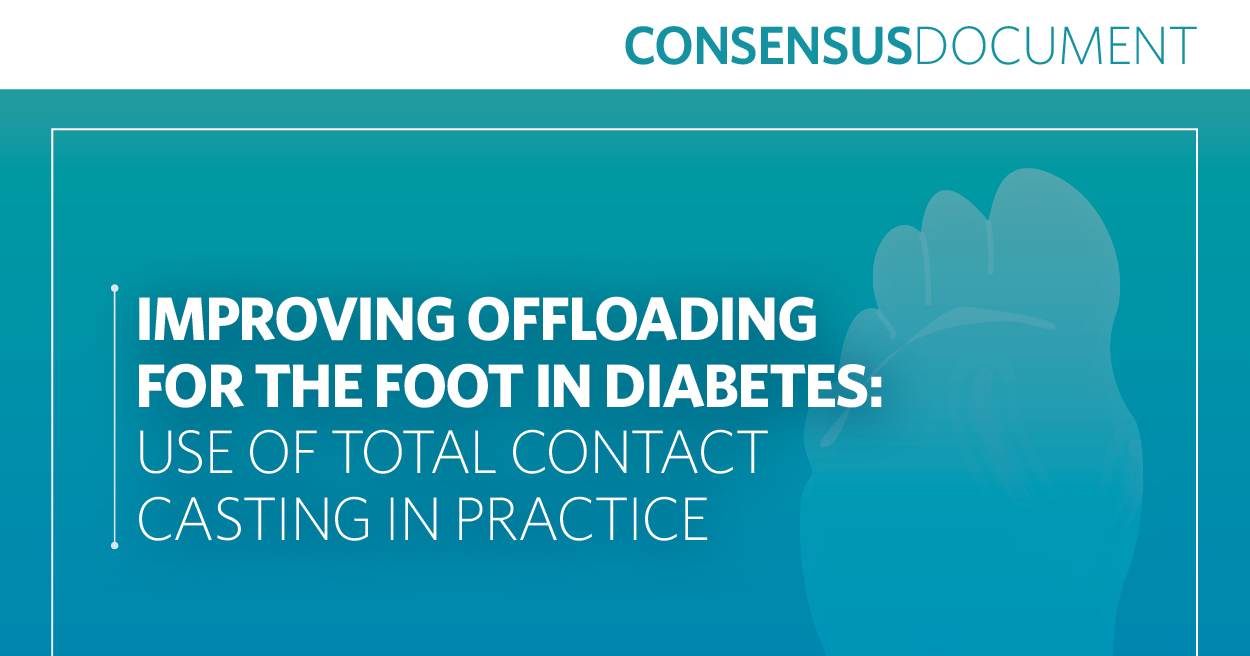The first day of the meeting, held at the Grand Hotel, Bristol, consisted of formal presentations. Initially, all tracks were combined for three excellent presentations: Dr Brendan Smith gave a lecture on clinical emergencies, and another on cardiopulmonary resuscitation, and Phillip Irwin gave an important overview of the Medical Devices Agency and the implications for CE marking. A full report on these lectures and others will be published in Podiatry Now, the journal of the Society of Chiropodists and Podiatrists.
Electromagnetic tracking technology
Our meeting commenced with a talk by Jim Woodburn (MRC Fellow, University of Leeds) and Deborah Turner (PhD student podiatrist, University of Huddersfield) on the technical specifications and application of electromagnetic tracking technology to three-dimensional (3D) kinematics, with special reference to the ankle joint complex.
They summarised laboratory and clinical-based experiments designed to determine accuracy, repeatability, reproducibility and special limitations, such as boresighting and encumbrance. After outlining the advantages and disadvantages, they concluded that this approach may be successfully applied in the clinical field. Finally, they introduced new studies utilising this technique in relation to the ankle joint complex and neuropathy and limited joint mobility in diabetes, and the effects of rheumatoid arthritis on kinematics at this site.
Sue Barnett (University of the West of England) then examined existing and new evidence in relation to the use of orthoses in patients with diabetes. The fundamental principle of orthotic management of the diabetic foot is the increase in foot-to-ground contact, which reduces the pressure at focal points of overload. Evidence suggests that the efficacy of this intervention can be assessed using in-shoe plantar pressure analysis systems, to quantify objectively changes in both temporal parameters and magnitude and site of pressure.
The clinician needs a clear understanding of the material science of the substances used to fabricate such orthoses, in order to make an informed and effective choice. Sue Barnett’s research indicates that sandwich layers of different materials may be superior to single-material constructions. A randomised clinical trial is currently underway to test this hypothesis. Evidence so far suggests that such information enables assessment and ultimately recommendations for best clinical practice guidelines for orthotic management of the foot in diabetes. This should reduce the incidence of tissue damage and ulceration due to overload, and assist in ulcer resolution where overloading is a complicating factor.
Heel fat pad anatomy explained
Paul Barcroft (Langer Biomechanics Group UK, Stoke-on-Trent) gave a detailed account of the anatomy of the heel fat pad, postulating that failure of this structure has a role in heel pathologies. He likened the fibrous segmental structure of the heel fat pad to that of a ‘Terry’s Chocolate Orange’, with the cushioning lipids contained within the segments. Stress on the tissues, leading to breakdown of this organised, fibrous retaining structure and consequential
leakage of the contained lipids, renders the heel fat pad less effective as a cushioning and shock-attenuating unit. This change in structure and function has a role in heel pain.
Diabetes specialists are all too aware of the frequency of heel ulceration in diabetic patients. Heel ulcers can be highly destructive and difficult to heal. A clearer understanding of the structure of the heel fat pad may lead to improved maintenance of its integrity, and a reduction in heel pathology.
Pedar in-shoe system
Trevor Prior (Consultant Podiatrist with City and Hackney Community NHS Trust) gave an extensive overview of the Pedar in-shoe pressure-measuring system (Novel gmbh, Munich, Germany) in clinical practice. He uses this system routinely as part of each clinical assessment for many of his patients, including athletes.
Data are collected for numerous steps, usually on a treadmill, and the subject may also be recorded. Force/time curves and pressure/time curves are overlaid and compared step to step, and left foot with right foot. A ‘normal’ two-peak trace, with a marked dip in the centre and little left-to-right difference, indicates that the feet are approaching acceptable function.
The isobar option, which produces a ‘smoothed’ contour map of pressure rather than discrete sensors, gives a good visual representation of pressure distribution. The velocity and acceleration of the centre of pressure trace should be approximately equal in both feet.
Trevor Prior described how he used this information to adjust insoles, orthoses, or other treatment regimens until the criteria for acceptable function were fulfilled. Examination of the foot–shoe interface enables more objective and immediate assessment of the efficacy of an intervention than sending the patient away with a follow-up appointment for several weeks later, when the intervention has had time to improve the condition or otherwise.
This immediate approach to the assessment of such interventions in the insensate diabetic foot could enable more effective pressure redistribution with less risk of overload at alternative sites.
Portable muscle-testing device
Ray Anthony (Podiatrist and Senior Partner in Rx Laboratories, Somerset, UK) then introduced a small, portable, hand-held, computerised muscle-testing device. He pointed out that evaluation of muscle strength as part of a podiatric biomechanical examination is not widely practised, yet it provides a valuable insight into function.
The rapid development of computer technology has enhanced the practice of resistive muscle testing, making it more objective and quantifiable. Such systems are generally large and expensive, and thus not readily available to many clinicians. The portable unit described in this presentation was financially more accessible and appeared to be easy to use. Its accuracy and robustness are still being assessed, but early indications suggest that it could be a useful adjunct to other biomechanical assessments.
The second day of this meeting was held in The Faculty of Health and Social Care, Glenside Campus, University of the West of England, Bristol. This venue enabled numerous workshops to run. It also has a purpose-built human analysis laboratory (HAL) housing an extensive range of equipment designed to measure all aspects of human functional physiology. The systems in HAL include pressure platforms, in-shoe pressure-measuring systems, a force platform, computer video analysis, treadmill, ECG, VO2 monitoring, Kin-com, and electromyography – all of which were available to the delegates.
The day began with Dr J Bergmann (Chicago, Illinois, USA) describing 3D assessment, particularly foot-scanning sytems. He focused on the functionality and clinical use of the Bergmann Foot Scanner which he has developed. The automated manufacture of foot orthoses from the information produced by this system was also covered. Using this information, the milling machine produces orthoses from a solid block of the composite materials; as these materials have not been heat moulded or ground to shape, their properties should be unchanged.
Huge variety of workshops
Delegates then divided into groups to attend a huge variety of workshops on a rotational basis. The workshops were aimed primarily at clinical use and interpretation of data from the various systems provided.
- Pressure-measuring systems included the Pedar in-shoe system and Emed platforms (Novel gmbh, Munich, Germany), F-Scan in-shoe system and mat systems (Tekscan Inc, Boston, Massachusetts, USA), Musgrave platform (Musgrave Systems Ltd, Wrexham, UK), Parotec in-shoe system (Kistler Instruments Ltd UK, Hampshire, UK), and Rothballer ‘Orthotronic’ in-shoe system and platform systems (Algeo’s, Liverpool, UK).
- Force-measuring systems included the Kistler platform (Kistler Instruments Ltd UK, Hampshire, UK) and AMTI strain gauge platforms (Summit Medical and Scientific, Derby, UK).
- 3D foot-scanning systems included the Bergmann Foot Scanner (Footcare N I Ltd, Co Antrim, N. Ireland) and the Paracontour system (Kistler Instruments Ltd UK, Hampshire, UK).
- Ray Anthony provided computerised/ manual muscle-testing workshops.
- 3D gait analysis systems included the Vicon system (University of Brighton, East Sussex), Peak system (Summit Medical and Scientific, Derby, UK) and electromagnetic tracking technology (University of Huddersfield, Yorkshire).
The workshops were all highly successful, and delegates were pleased to have the opportunity to gain ‘hands-on’ experience of so many different systems.
Finally, Ivan Birch (Senior Lecturer in Podiatry, University of Brighton) gave an extensive overview of 3D movement analysis to all delegates. This provided an excellent conclusion to the meeting. He discussed the use of this form of scientific assessment, describing basic concepts and problems. Particular attention was paid to the Vicon and CODA systems, both of which are in the HAL at the University of Brighton.
The conference was formally closed by Pam Sabine (Society of Chiropodists and Podiatrists).





